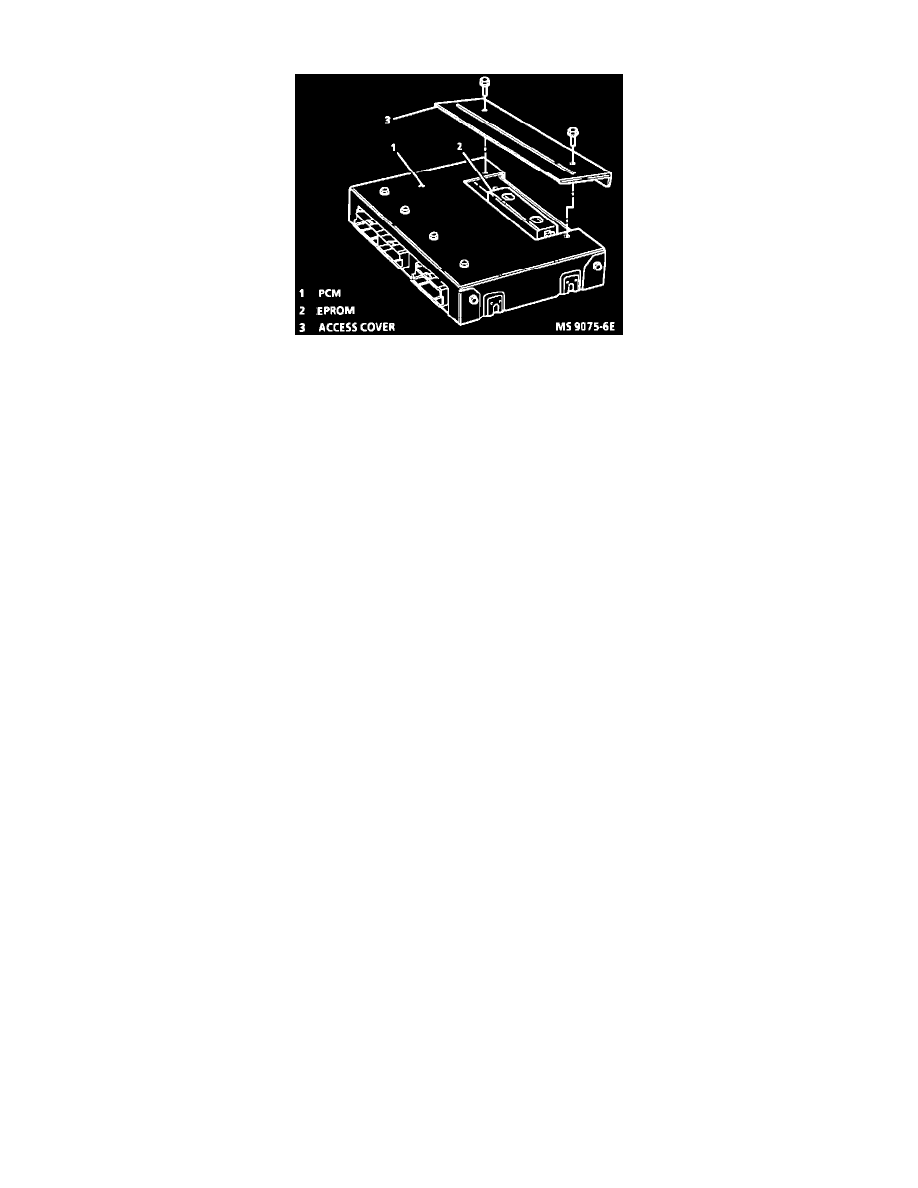Cutlass Ciera L4-2.2L VIN 4 (1995)

Powertrain Control Module: Description and Operation
Powertrain Control Module (PCM)
PURPOSE
The Powertrain Control Module (PCM) is the control center for the fuel injection and ignition systems. It constantly looks at the information from
various sensors, and controls the systems that affect vehicle performance. The PCM also performs the diagnostic function of the system. It can
recognize operational problems, alert the driver through the MIL (Check Engine), and store a Diagnostic Trouble Code (DTC) or DTCs which
identify the problem areas to aid the technician in making repairs.
The PCM used on this engine is referred to as PFI-6. For service, this PCM only consists of two parts: a Controller (the PCM without a EPROM)
and an assembly called a EPROM (this stands for "Erasable Programmable Read Only Memory").
EPROM
This assembly contains the functions of the Erasable Programmable Read Only Memory (EPROM), and the Knock Sensor (KS) module used on
other GM applications. The EPROM contains the calibrations needed for a specific vehicle application.
OPERATION
The Powertrain Control Module supplies either 5 or 12 volts to power vanous sensors and switches. This is done through resistances in the PCM
which are so high in value that a test light will not light when connected to the circuit. In some cases, even an ordinary shop voltmeter will not give
an accurate reading because its resistance is too low. Therefore, a 10 megohm input impedance digital voltmeter is required to assure accurate
voltage readings.
The PCM controls Output circuits such as the injectors, cooling fan relay, etc. by controlling the ground circuit through transistors or a device
called a Quad-Driver Module (QDM).
